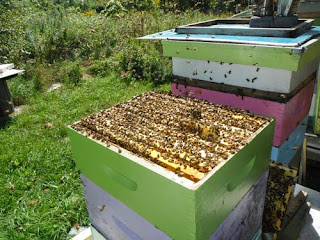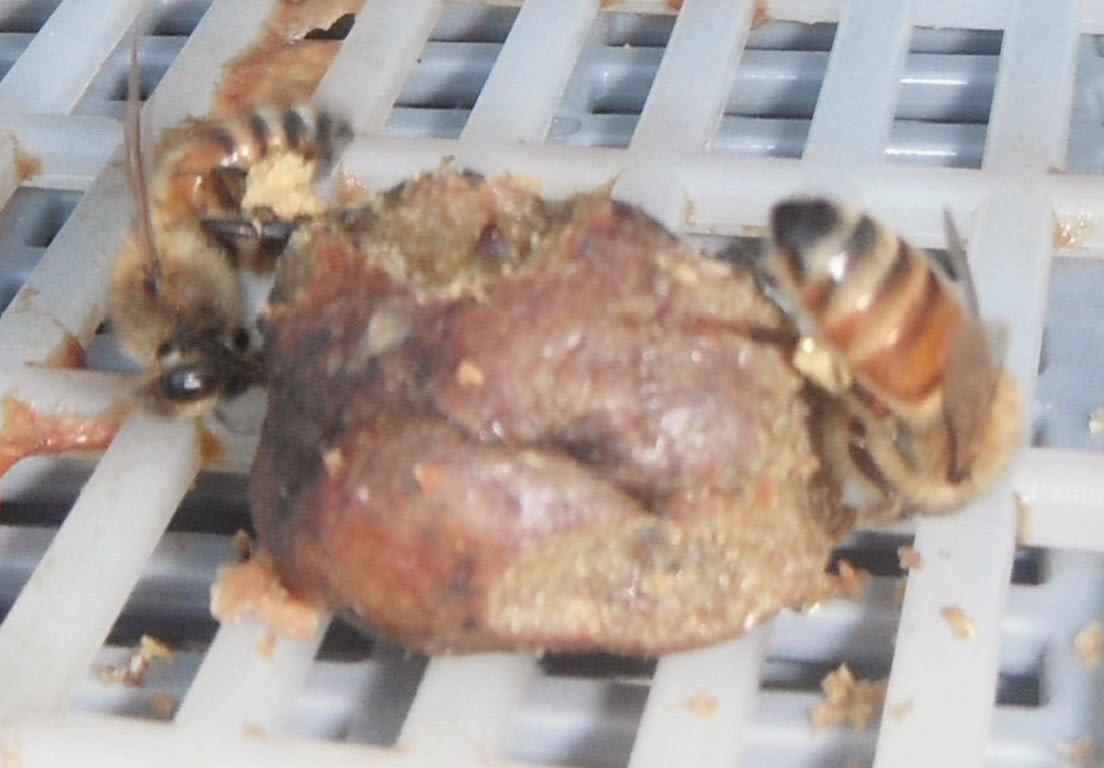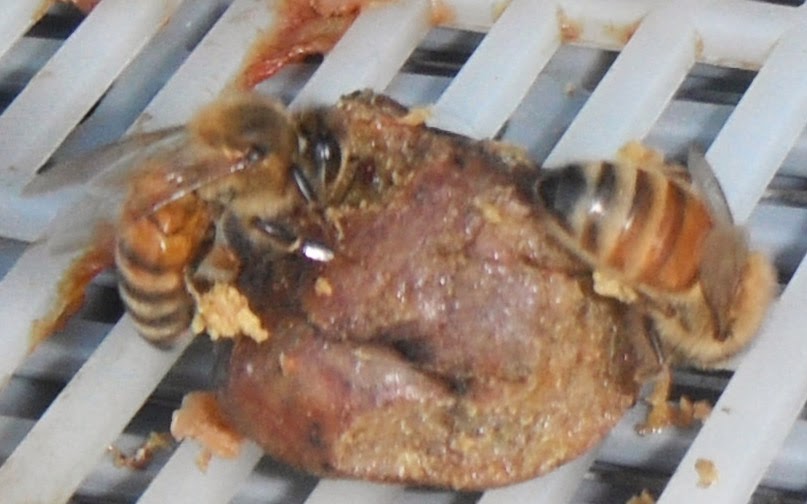
I don't have any grass in the front or back yard. It's all garden.
Over the last 27 years I have added more and more
perennial beds.
It's my passion to garden and I knew it was environmentally a good choice.
I've chosen to create cottage style gardens. This type of garden is not formal and so plants have a casual look. Plants are allowed to self sow where they please.

Most people find the garden attractive and interesting, but others who are more traditional may prefer their grass.
I believe I think differently because I've lived in other countries. England especially where the gardens are so amazing.

Many homes were built with a low brick wall all around the front. The perfect backdrop for a garden. No one can grow roses like the English.
Gardens are less work than most people think.
By using a layer of large chunk bark chips (the small ones disintegrate way too fast) the weeds are kept to a minimum.

Stick with hardy, drought tolerant native plants and you'll not need to water either,
Close plantings--or allowing the flowers to crowd each other--also limits space for weeds.
Birds pick at seeds and do an awesome job of eating insects.
Before taking up beekeeping, I had spent a year reading, writing, researching and talking about honey bees.
I'll never forget a particularly difficult time a few years back. I went to tour the garden as a way to relax.
If there was any kind of message to send to encourage me, it was bees.
They were very busy buzzing all over the Russian sage that was in bloom.
Every summer the bees come to this plant, almost like a frenzy of collecting.

[Photo Russian Sage across the front of the photo above - photo taken prior to blooming]
It smells like sage and is very hardy and drought tolerant. It spreads nicely but is not invasive. And of course the honey bees love it.
Bees love all the flowers in the garden but Russian Sage is the plant I watch them forage the most.

It might be because it blooms later in the season when there are less flowers available.
 Hive tilting was one piece of wisdom that my beekeeping mentor gave me and it was very helpful.
Hive tilting was one piece of wisdom that my beekeeping mentor gave me and it was very helpful.

















